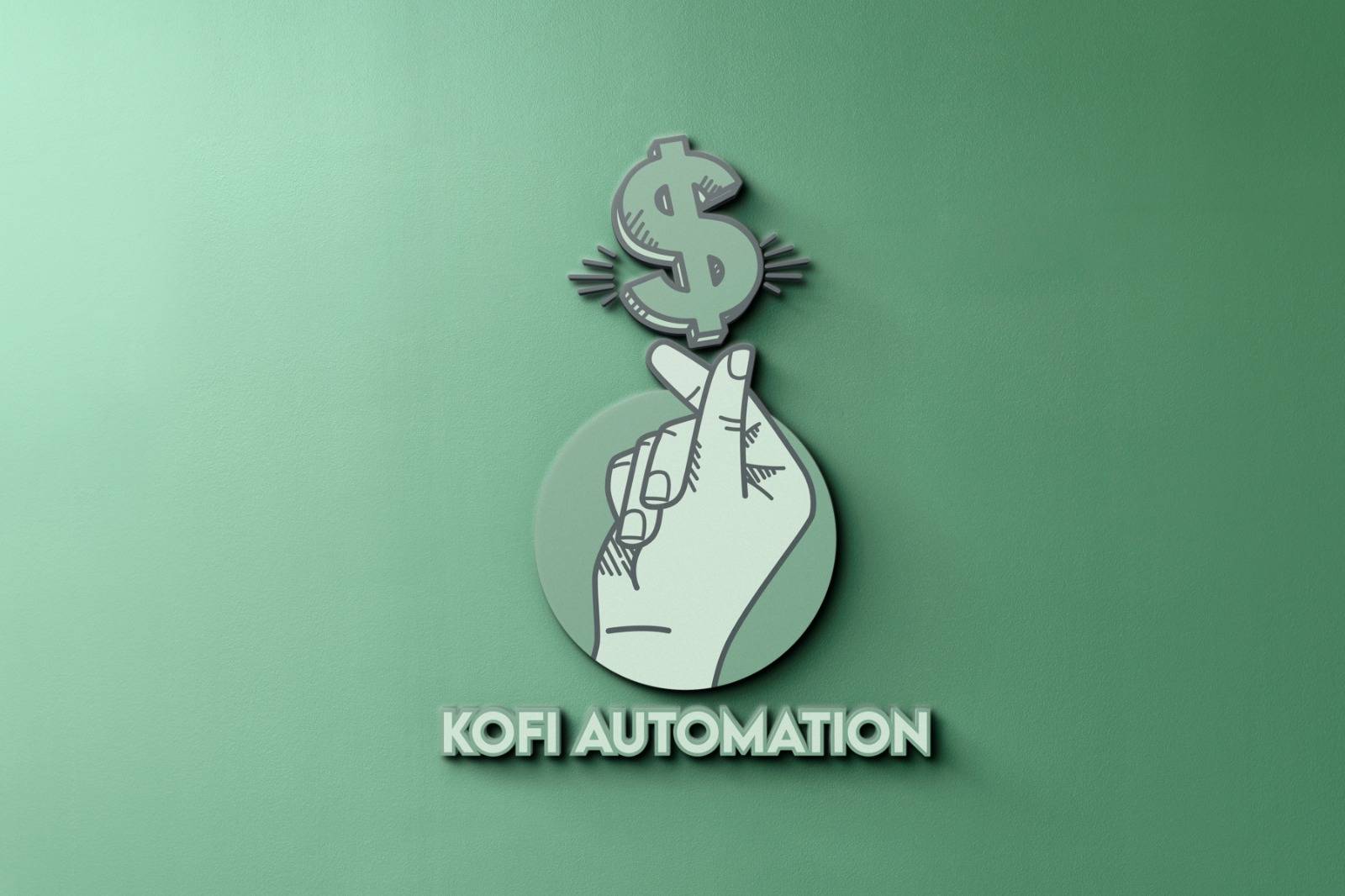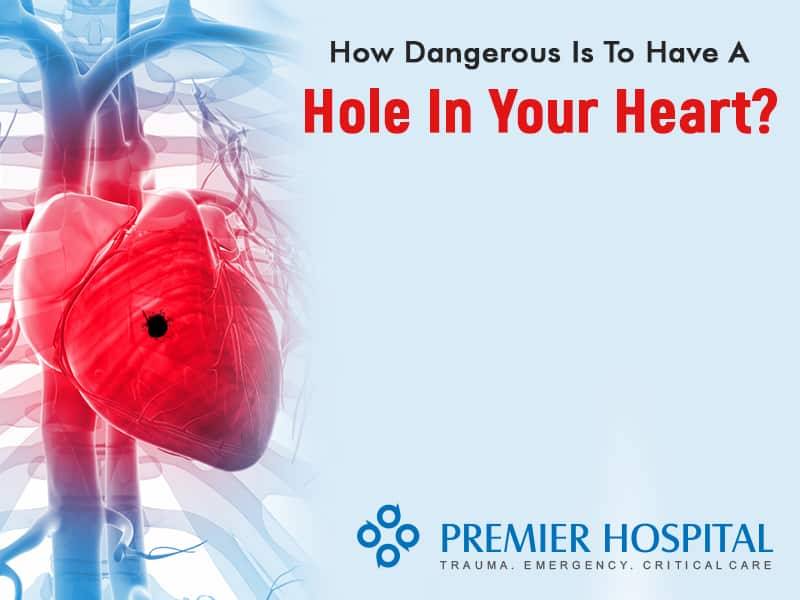There are many possible causes of congenital heart defects, but they often occur due to a combination of genetic and environmental factors. Some common causes include abnormal chromosomes, exposure to certain chemicals during pregnancy, and maternal health conditions such as diabetes. The effects of congenital heart defects can vary depending on the type and severity of the defect. They can range from mild to life-threatening. Diagnosis is usually made through a combination of physical examination, imaging tests, and genetic testing.
The different types of congenital heart defects. The most common type is a ventricular septal defect, or a hole in the wall that separates the lower chambers of the heart. Other common types include atrial septal defects, patent ductus arteriosus, and coarctation of the aorta.
ventricular septal defects (VSD). VSDs occur when there is a hole in the wall between the lower chambers of the heart, called the ventricles. This hole can allow blood to flow between the ventricles, leading to symptoms like shortness of breath, fatigue, and a heart murmur. Most VSDs can be treated with surgery or other procedures.
Atrial septal defects (ASDs) occur when there is a hole in the wall between the upper chambers of the heart, called the atria. Similar to VSDs, this can allow blood to flow between the atria and lead to symptoms like shortness of breath, fatigue, and a heart murmur. ASDs are typically treated with surgery or other procedures, but some small ASDs may not need treatment.
Patent ductus arteriosus (PDA) is a condition in which a blood vessel that normally closes after birth fails to close. This can cause too much blood to flow to the lungs and lead to symptoms like shortness of breath, fatigue, and swelling. Treatment typically involves closing the PDA with surgery or other procedures. Coarctation of the aorta is another type of congenital heart defect.
Treatment options for VSDs and ASDs. If the hole is small, it may not need any treatment. However, if the hole is large or causing symptoms, treatment is usually recommended. Surgical closure of the hole is the most common treatment. For smaller holes, a device may be used to close the hole without surgery. These devices are often delivered through a catheter, which is a thin tube that is inserted into a blood vessel.
In addition to surgical and catheter-based treatments, there are also medications that can be used to manage some of the symptoms associated with VSDs and ASDs. These medications include diuretics, which help the body get rid of excess fluid, and digoxin, which helps the heart pump more effectively. Some patients may also need antibiotics before certain procedures to prevent infections.
Most people with these conditions have a good outlook, especially if the hole is small and treated early. However, some people may have long-term health problems, such as abnormal heart rhythms, high blood pressure, and heart failure. With proper treatment, most people with VSDs and ASDs can lead healthy, active lives.
The importance of regular follow-up care for people with VSDs and ASDs. Even if the hole is small and treated early, it's important to see a cardiologist regularly to monitor the condition and make sure that no new problems develop. The cardiologist may order tests like an echocardiogram, which is an ultrasound of the heart, or an electrocardiogram, which records the heart's electrical activity.
it's important to maintain a healthy weight and avoid smoking and excessive alcohol consumption. In addition, getting regular exercise and eating a healthy diet can help to improve overall health and quality of life.
For people with VSDs and ASDs, it's important to eat a diet that is low in sodium and saturated fat. The diet should also include plenty of fruits, vegetables, whole grains, and lean protein. It's also important to drink plenty of water and stay hydrated. Additionally, it's a good idea to limit caffeine and alcohol intake.
Regular exercise is important for people with VSDs and ASDs, as it can help to improve cardiovascular health and quality of life. Moderate-intensity exercise, such as brisk walking or swimming, is a good option for most people. For those who are more active, higher-intensity exercise, such as running or cycling, may be appropriate. It's also important to talk to a doctor before starting any new exercise program.
It's common for people with VSDs and ASDs to experience stress and anxiety about their condition. Some effective stress management techniques include deep breathing, yoga, meditation, and relaxation exercises. These techniques can help to reduce stress and improve quality of life.
It's important for people with VSDs and ASDs to get enough sleep. Adults need 7 to 8 hours of sleep per night, and children need even more. Getting enough sleep can help to improve mood, energy, and overall health. Creating a consistent sleep schedule and avoiding screens before bedtime can help to improve sleep.
living with VSDs and ASDs can be emotionally challenging, and it's normal to feel sad, angry, or anxious at times. Talking to a therapist or counselor, joining a support group, and practicing self-care can all help to improve emotional health. It's also important to reach out to family and friends for support.
For many people, changing their lifestyle can feel overwhelming and difficult. But it's important to remember that even small changes can make a big difference. Taking small steps, like adding more fruits and vegetables to your diet or getting an extra 30 minutes of exercise each day, can add up over time.


